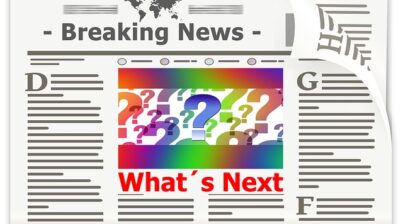One of the hottest trends in HR right now is HR metrics and analytics. HR shifting to be more strategic and aligned with business goals creates a need for KPIs built on metrics. But metrics are useless without analytics. Understanding the different types of HR analytics can make it easier for HR to evolve, and to make the case for better HR data.
HR analytics can directly benefit the organization by reducing costs associated with poor workforce planning. Overstaffing, understaffing, or staffing the wrong talent can all negatively impact the bottom line. Having the right type of analytics will build a high-performing organization.
The three types of HR analytics are descriptive, predictive, and prescriptive. Each provides a different perspective on your company’s data. Each has its pros and cons but builds upon each other.
Descriptive analytics
Raw data isn’t useful and doesn’t help to explain why something happened. But, once aggregated, it can. Descriptive analytics is the basic type of analytics you’re most likely used to. It’s taking historical data and summarizing it into something that is understandable.
For example, a headcount report of all employees within the organization is a form of descriptive analytics. Even taking it a step further to break it down by demographics would still be in the same category.
More sophisticated metrics like turnover rates or time-to-fill would be descriptive as well. They rely on the past and aim to explain why something already happened. Only focusing on descriptive analytics is very reactive. HR that is evolving to align with business needs should focus on being proactive.
Predictive analytics
Where descriptive analytics look backward, predictive analytics work to look ahead. Statistical models and forecasts are used to answer the question of what could happen. Models are built on patterns that were found within the descriptive analytics. The goal is to proactively find the needs of the organization.
Predictive analytics can help talent acquisition teams determine if someone will be a good cultural fit for the organization before they’re hired. It could even provide estimations on how long the person will stay with the company.
Prescriptive analytics
Once the future is predicted, the next question is what can we do about it. Prescriptive analytics provides recommendations on what to do based on predictions and what has occurred in the past.
This analytical approach can be highly beneficial for organizations with peak or busy seasons. A retailer will want to know how many people to staff during the holidays. Or a park might need to know how many to staff during the summer months. Prescriptive analytics could even help determine how to properly onboard a new hire, based on their skills and strengths, and across the employee life cycle.
How HR can get to strategic analytics
All three analytics can change the way HR functions, but only if they have the time. Multiple systems where data can not be easily linked with unique identifiers will make any HR analytics a cumbersome process. HR generalists or managers may not have the time or expertise to devote to higher-level analytics without full-time HR analysts. If your HR is lucky and has an analyst, they can’t be swamped with basic descriptive analytical requests. Systems and HR data automation can help though. HR systems are capable of automatically creating reports and HR dashboard software like Employee Cycle makes it even easier and is packed with features.

HR is capable of becoming a strategic business partner for organizations. Understanding the workforce’s data will make HR a stronger partner. Descriptive, predictive, and prescriptive HR analytics should be a part of the toolkit for any HR professional in today’s organizations.
Sign up today for a free demo of our automated HR dashboard. It will help free up time by calculating the descriptive analytics for you so you can focus on the predictive and prescriptive analytics.












